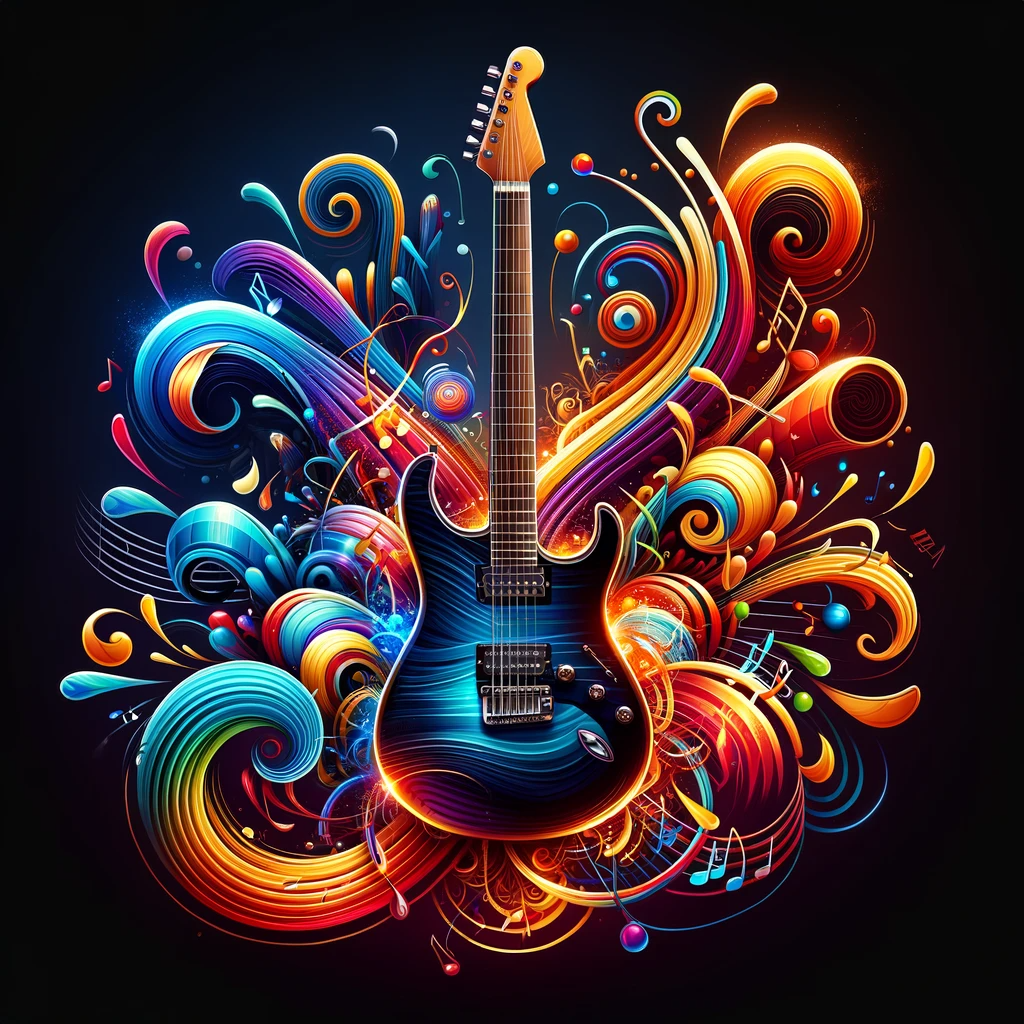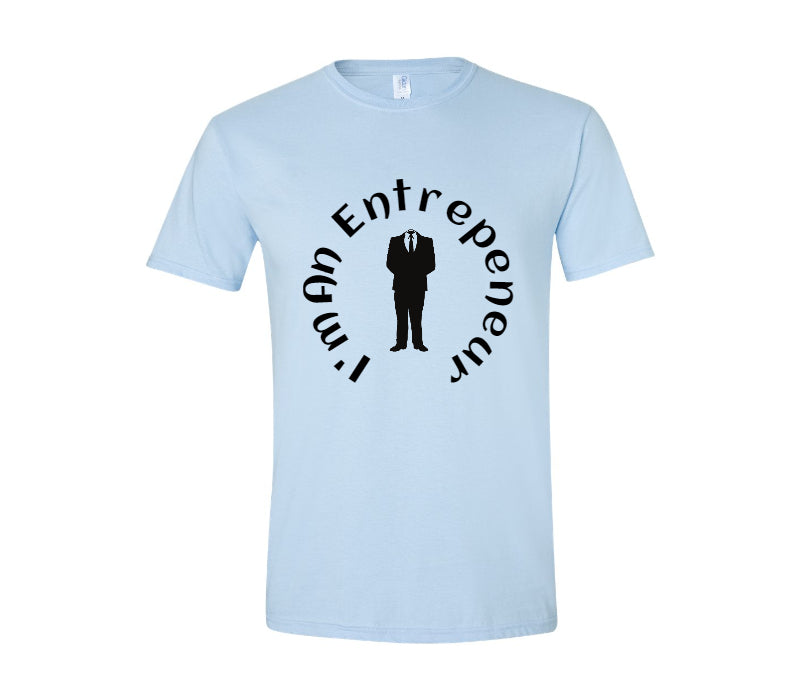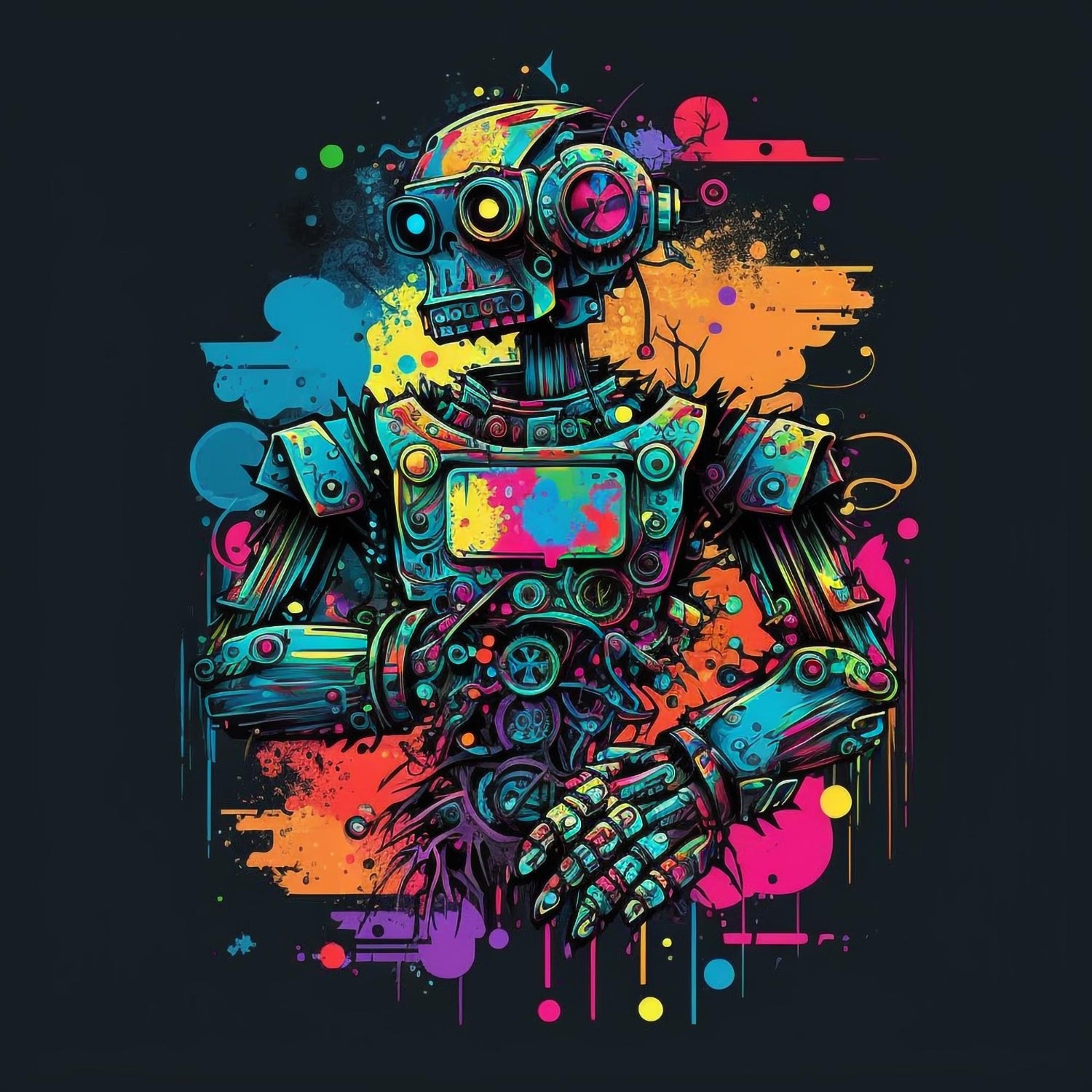The Intersection of Music and Fashion: A Deep Dive into the Symphonic Style Evolution
The Intersection of Music and Fashion: A Deep Dive into the Symphonic Style Evolution
Introduction: The Constant Fusion of Music and Fashion
The relationship between music and fashion has long been a dynamic and influential space, constantly evolving and shaping cultural narratives. Music genres throughout history have not only given voice to social norms but have significantly influenced fashion trends. Conversely, fashion has provided a visual platform for musicians to express their identity and creativity through performance and personal style. In this comprehensive article, we will delve deep into the impact of different music genres on fashion from the Jazz Age to the contemporary music scene, showcasing the evolution and interconnectivity between sound and silhouette.
Jazz Age Style: Roaring 20s
The 1920s, famously known as the Jazz Age, brought about a significant fashion revolution that resonated with the booming jazz music scene. This era marked the liberation of women's fashion, as flapper dresses, cloche hats, and beaded accessories became the embodiment of the era's liberated spirit. The allure of jazz and its improvised melodies directly paralleled the free-form nature of Jazz Age fashion. Moreover, the jazz craze helped break down societal barriers, fostering the emergence of a young, fashionable, and carefree generation who celebrated their newfound freedom through vibrant and daring fashion choices.
Rock 'n' Roll: Juvenile Rebellion of the 1950s and 1960s
The emergence of rock 'n' roll music in the 1950s and 1960s sparked a revolution that extended beyond sound and infiltrated the realm of fashion. This genre not only birthed different music subcultures but also influenced fashion in a profound way, bringing about a more expressive and rebellious aesthetic. Icons like Elvis Presley and The Beatles transcended the music scene and became fashion icons, creating a new language of style. The inclusion of leather jackets, jeans, and t-shirts as fashion staples emphasized a casual and versatile approach to fashion that resonated with the rebellious spirit of rock 'n' roll.
Furthermore, the influence of rock 'n' roll on fashion escalated into the realm of music festival style. The iconic Woodstock Festival of 1969 served as a pivotal moment, merging rock music and fashion in a way that set enduring trends for generations to come. The rebellion, freedom, and bohemian styles showcased at Woodstock continue to influence fashion and cultural movements to this day.
Disco and Glam Rock: The Dazzling 1970s
The 1970s witnessed the ascendance of two influential music genres- disco and glam rock - which undeniably impacted fashion trends of the era. Disco music's emphasis on dancing and hedonism birthed a carefree and flamboyant fashion aesthetic. The disco era was replete with bold and dramatic fashion choices, characterized by glitz, sequins, platform shoes, and attention-grabbing looks. Artists like David Bowie influenced the glam-rock fashion of this era, characterized by flamboyant, gender-bending styles, glittery costumery, and bold platform boots.
Punk: The Edge of Late 1970s and Early 1980s
The late 1970s and early 1980s marked the rise of punk music, an anti-establishment genre that influenced fashion and style through its raw energy and rebellious ethos. Punk fashion rebelled against the restrictive fashion norms of the past, with ripped jeans, band t-shirts, and leather jackets becoming style staples that embodied an edgy, do-it-yourself attitude. The punk movement infused fashion with a sense of individualism and non-conformity, representing a countercultural expression that rejected societal norms.
The 1980s also witnessed the rise of hip-hop music, a cultural phenomenon that would go on to shape not only the music industry but also mainstream fashion. Hip hop introduced streetwear into the fashion lexicon, bringing fresh and urban styles to the forefront. Baggy pants, sneakers, gold chains, and oversized hoodies became defining fashion choices, representing a fusion of music, style, and cultural identity.
Grunge and Alternative Music: The Rebellious 1990s
The 1990s ushered in a new era dominated by grunge and alternative music genres that left an enduring mark on both music and fashion. Bands like Nirvana embraced melancholic and raw musical styles, and their nonchalant attitude resonated in the fashion choices of the era. Grunge fashion broke away from the polished aesthetics of previous decades and embraced a laid-back, thrift store-inspired style. Oversized flannel shirts, worn-out denim, and layers of tattered clothing became the hallmark of the grunge movement, reflecting a disaffected and authentic aesthetic.
Modern Fusion: The Evolution Continues from the 2000s to Present
The intersection between music and fashion has continued to evolve in the modern era, characterized by an eclectic blend of styles and a constant influx of inspiration from various music genres. Pop, hip-hop, and electronic dance music have emerged as primary influences on fashion trends, where artists like Lady Gaga, Kanye West, and Rihanna have become notable fashion icons in addition to their musical prowess. Their unique personal style and music aesthetics have fused together, captivating the fashion world and inspiring countless individuals to express themselves through their wardrobe.
Music festivals also continue to serve as hotspots for fashion innovation and self-expression. These cultural gatherings provide a platform for attendees to showcase their unique styles, often adorned with graphic tees featuring music-related designs and the logos of their favorite bands or artists. Festivals like Coachella and Glastonbury have become fashion meccas, where the boundaries between music and fashion blur, and individuals proudly wear their musical hearts on their sleeves.
Conclusion
The symbiotic relationship between music and fashion is a testament to their shared power to express identity, cultural trends, and societal shifts. Each music genre has left an indelible imprint on fashion, shaping how people dress and present themselves to the world. From the liberated flapper dresses of the Jazz Age to the rebellious grunge aesthetic of the 1990s, music has continually influenced fashion choices that embody the spirit of the times.
For those who love both music and fashion, this blend provides endless inspiration and creative possibilities. The intersection of music and fashion serves as a canvas for expressing personal style, paying homage to beloved artists and bands, and immersing oneself in the vibrant world where sound and silhouette merge. As the evolution of music and fashion unfolds, their relationship will continue to captivate and inspire future generations, showcasing the enduring power of artistic collaboration and self-expression.




